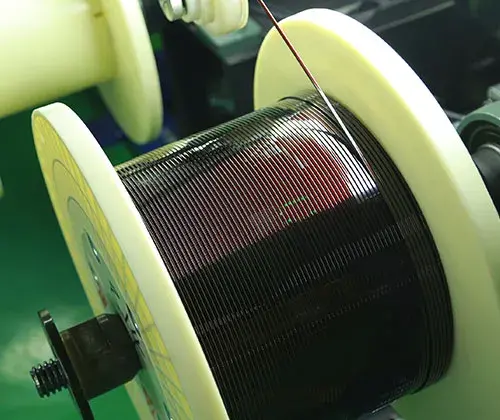
Enamelled Wire to Iran
Iran, which is located in two oceans, three continents and five seas, is one of the major economies in Asia. After the lifting of sanctions in Iran, the speed of infrastructure construction is getting faster and faster, and the market demand for electricity products shows explosive growth. Iran is prone to earthquakes, so power facilities must be designed to minimize the risk of earthquakes. Quality and service life of power equipment are also high requirements. Due to its light weight, strong corrosion resistance and impact resistance, enameled aluminum wire has been successfully used in Iran for the manufacture of transformers, inductors, motors, generators, speakers, hard drive head actuators, electromagnets, electric guitar pickups and other applications requiring tightly insulated coils. In particular, 0.20mm-4mm round and square shape aluminum wire is widely used in the electrical industry, especially as a transformer coil. Iran is an exporter of aluminum raw materials, the maintenance and update of aluminum wire can also be guaranteed in the electrical industry.

Electromagnetic or enamelled wire, also known as winding wire, it is a type of copper or aluminum wire coated with a thin insulating layer. Although described as “lacquered,” the magnet or lacquered wire is actually coated with a coat of enamel paint or glass enamel. Modern electromagnetic wires typically use one to four (in the case of four-layer thin-film type wires) polymer film insulation layers, usually of two different components, to provide a strong, continuous insulation layer.
Electromagnetic wire insulating films are used (in order of increasing temperature range) with polyvinyl formaldehyde (Formvar), polyurethane, polyamide, polyester, polyester polyimide, polyamide polyimide (or amide imide) and polyimide. Polyimide insulated electromagnetic wires are capable of operating at temperatures up to 240 °C. Most often, magnets or enameled wires consist of fully annealed, electrolytically refined copper or aluminum to allow tighter windings when making electromagnetic coils. High purity oxygen free bronze plates are used for high temperature applications in reducing atmospheres or in motors or generators cooled by hydrogen. Aluminum is also used as a substitute for large transformers and motors. Because of its lower electrical conductivity, aluminum wire requires a cross-sectional area 1.6 times larger than copper wire to achieve comparable DC resistance.
